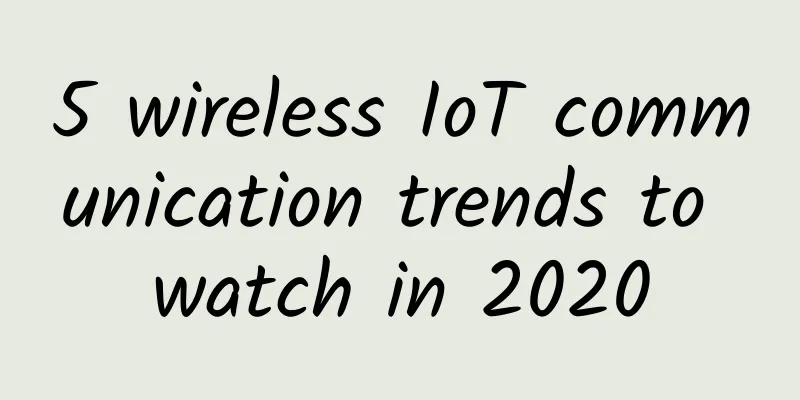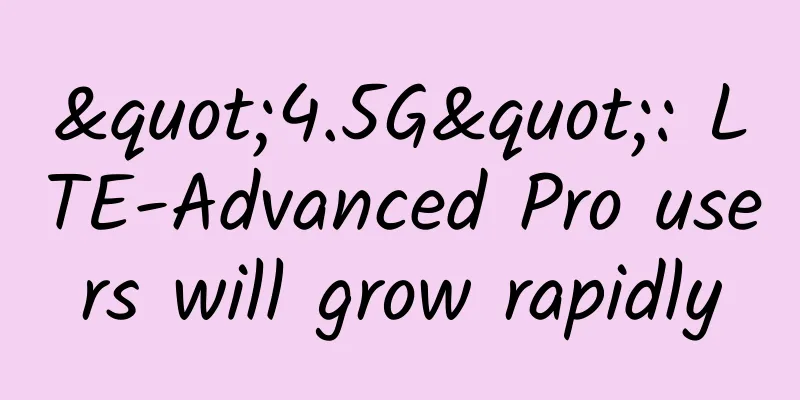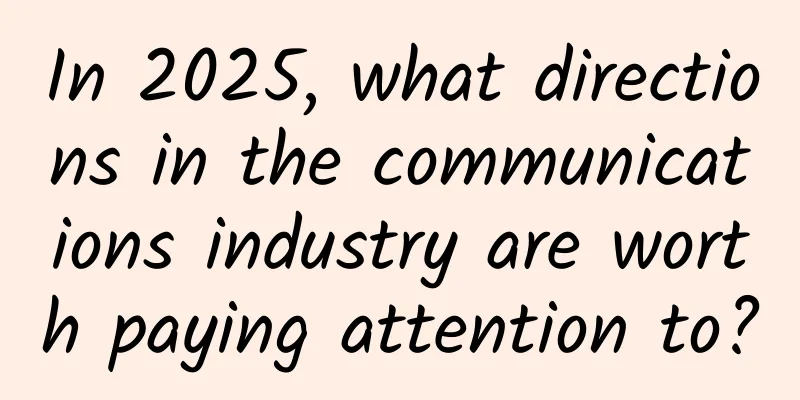Still using OpenFeign? Try this new thing in SpringBoot3!

|
The New Year is over, and Brother Song has been moving bricks for three days. After the epidemic was relaxed, this year was particularly relaxing and comfortable. A particularly depressing thing in my heart was removed. I saw in the news that there were tourists from all over the country and the Tang Dynasty City in Xi'an was crowded with tourists. It really seemed like I was back in 2019. My friends in the circle were all happy, and life was still very good. I haven't posted a technical article for a long time. I recently returned to work and have time to code technology again in the evening. Today we will talk about a new thing in Spring Boot3, declarative HTTP calls. 1. OriginSpring Boot 3 was officially released at the end of last year, and I have also had a taste of it. Recently, I will have time to talk to my friends about what new things Spring Boot 3 has brought us. Today we will first take a look at the declarative HTTP interface. Friends who have used Spring Cloud know that in the Spring Cloud family, we can use RestTemplate or OpenFeign to be responsible for inter-process communication (of course there are other ways such as message-driven microservices based on message middleware or gRPC-based calls, etc.). We can treat RestTemplate as an ordinary HTTP calling tool. Different from other HTTP clients, RestTemplate is particularly convenient for calling RESTful-style interfaces. However, OpenFeign is more convenient than RestTemplate. Remote calls can be implemented through interface declarations. Song Ge has talked about the specific usage in the previous video, so I will not repeat it here. In the past, if we wanted to use declarative HTTP calls, we had to use OpenFeign, which required third-party dependencies. Starting from Spring 6 (Spring Boot 3), Spring itself provides similar functions, which can also easily implement declarative HTTP calls through the @HttpExchange annotation. In the future, there will be another option for cross-service calls. 2. UseNext, Songge will use a case to demonstrate the specific usage of @HttpExchange annotation. First, we create a common Spring Boot project named server. In this common Spring Boot project, we only need to provide a simple test interface, as follows: @RestController This should not be difficult for everyone, so I won’t say much about it. Now suppose I have another service named client, and I want to call the interface provided by the server in the client. First, let's create the client project. Please note that when creating it, we need to add not only Web dependencies, but also Reactive Web, because the underlying layer of @HttpExchange is based on WebClient, which is provided by Reactive Web: After the creation is complete, we can then declare the Http interface: @HttpExchange ( "/server" ) These usages are very similar to @RequestMapping and @GetMapping that we commonly use in SpringMVC:
After the interface is declared, it is not over yet. We still need to configure it before we can use it. As follows: @Configuration This configuration mainly has two aspects:
After all the configurations are completed, we can then directly inject the ToDoService instance wherever we need it. Here is a simple example for your reference: @SpringBootTest Okay, here is a simple example, you may want to try it out. In the future, declarative service calls can be implemented without OpenFeign~ |
>>: Do you know the origin and function of Wi-Fi?
Recommend
Microsoft's Zhang Dongmei: Intelligent data discovery will be a hot topic in data analysis in 2017
[51CTO.com original article] In order to pay trib...
The principle of Ethernet data transmission is like this, it is worth collecting
First, let's review the basic concept of rout...
AlphaVPS: Bulgaria dedicated servers from €39/month, Los Angeles/Bulgaria VPS hosting from €2.99/month
AlphaVPS is a foreign hosting company founded in ...
Why do you need to master the data center structure diagram?
The computer room of a data center often encounte...
RAKsmart: VPS/cloud server from $19.9/year ($0.99/first month), 1Gbps unlimited traffic server from $89/month, multiple data centers available in the United States/Hong Kong, etc.
RAKsmart continued to launch a number of activiti...
Ten features of IPv6 that are superior to IPv4
It is 2019, and there is a serious problem that b...
The cutting-edge of Internet technology - a comprehensive analysis of TSN
[[271597]] TSN is the abbreviation of time-sensit...
DiyVM: Hong Kong CN2, US CN2, Japan Osaka, 2G memory package starting from 50 yuan/month
DiyVM was founded in 2009 and is a Chinese hostin...
5G services market expected to exceed $919.4 billion by 2031
According to a recent report by Transparency Mark...
Kuaishou builds a real-time data warehouse scenario-based practice based on Flink
This article is compiled from the topic "Kua...
Tell you the real strength of the four major communication operators' 5G
Recently, our country has determined the 2020 &qu...
Using light bulbs to surf the Internet? Speed of 100Gbps? Is the much-anticipated Li-Fi really that great?
I have told you before that our current wireless ...
RackNerd "Memorial Day" Sale: Los Angeles VPS from $14.99 per year
RackNerd has launched a Memorial Day promotion, w...









